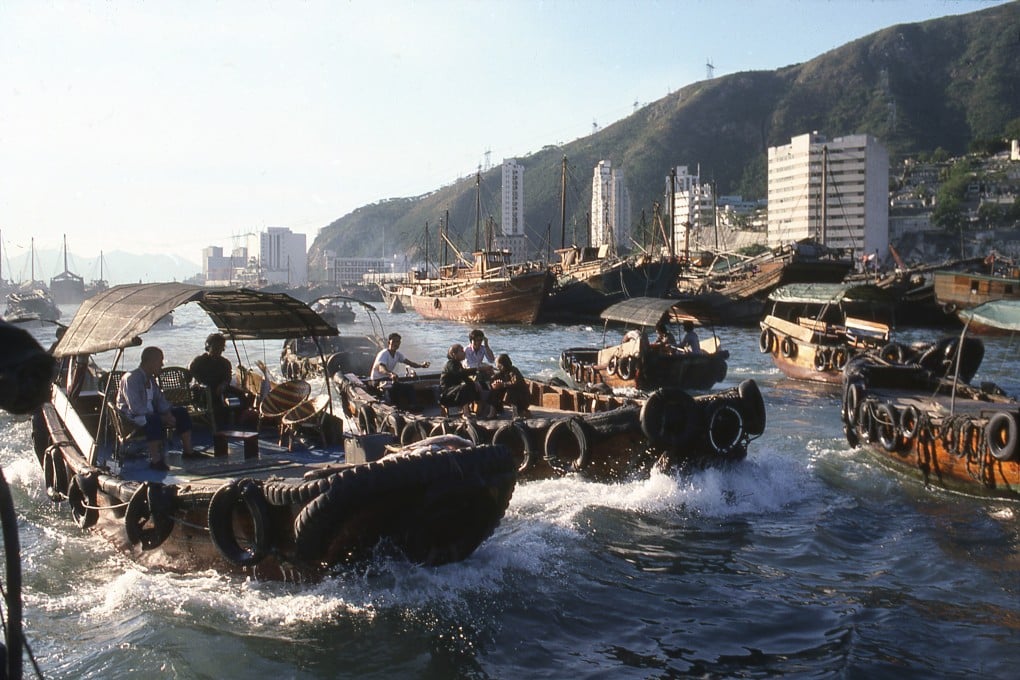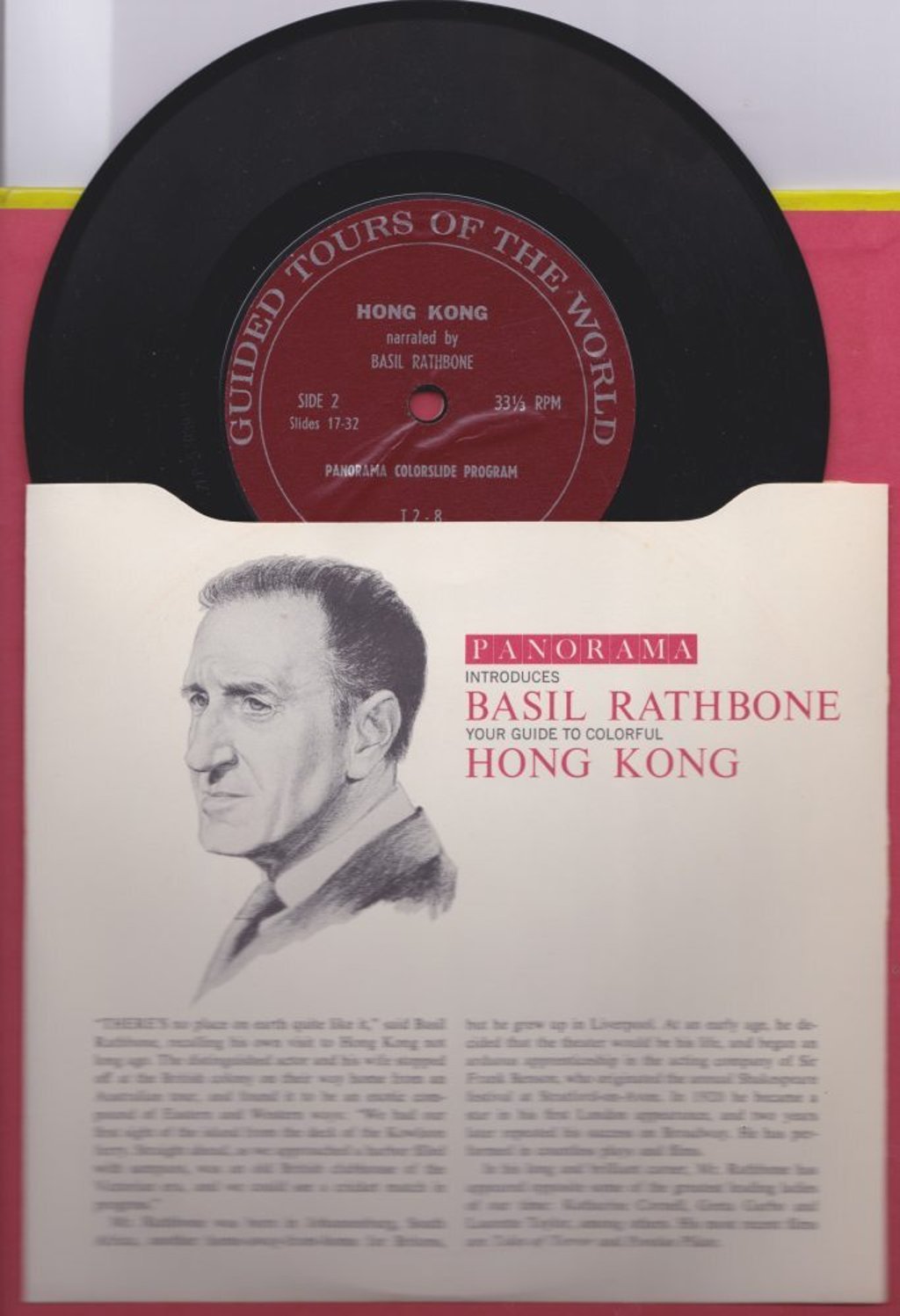Then & Now | Hong Kong has changed, but ‘a crowbar wouldn’t prise me away from it’
- Faraway places sometimes exert their own gravitational pull, and Hong Kong’s spread far and wide
- Our writer’s earliest impressions of the city come courtesy of two remarkable teachers in regional Queensland

Faraway places sometimes exert their own gravitational pull, often without the person being influenced having the slightest inkling.
In my case, the earliest impressions of Hong Kong came from a primary school “social studies” class in distant regional Queensland. This particularly Australian educational potpourri combined history, geography, economics and civics with some tentative sense of that country’s place in the world.
Stereotypes abounded; somewhere to the north, “the Spice Islands” – not found as such in any atlas – referred to an actual country with a real name: Indonesia. Aborigines were primitive hunter-gatherers whose numbers – for reasons left tactfully unexamined – had sadly declined in recent times. And there wasn’t anything in Australia anyway until Captain James Cook “discovered” the place in 1770; you get the picture.
Light years removed from today’s PowerPoint presentations, basic audiovisual learning aids offered a massive improvement – as we were constantly reminded – on the slates just within our own parents’ memory. Colour slides, sound recordings, even short films played on a flickering projector (when it wasn’t on the blink), all offered tantalising glimpses of a world beyond pineapple farms and sugar cane fields.

That these “social studies” lessons even mentioned Hong Kong at all was due to two remarkable teachers, and a trip the couple had made a few years earlier, when they stayed here, with an overnight trip to Macau, for about a fortnight. Back then, international airfares were serious indulgences on an Australian schoolteacher’s pay. Hong Kong – then – was a sought-after destination rather than – as now – somewhere to pause briefly, largely as a stopover necessity.
